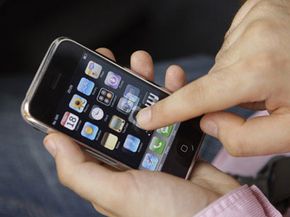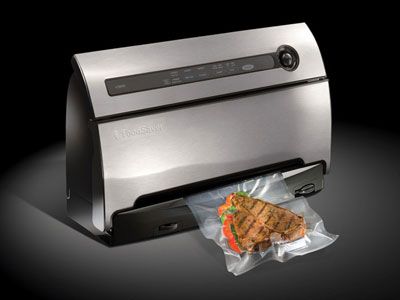It's hard to imagine a time when people didn't carry portable telephones with them everywhere they went. What was life like before e-mail? Believe it or not, personal communication used to be limited to face-to-face interaction or a telephone call. Before that, people actually wrote letters back and forth. By hand.
But now we live in a world of technological dependence. Think about it. Most people today probably wouldn't be happy without a cell phone or a daily visit online to check their e-mail and surf the Web. Like it or not, technology is here to stay. Remember, that can be a good thing.
Advertisement
With personal digital assistants and now smartphones, it's easier than ever before to track, organize and assimilate information. On-demand television, e-mail to your cell phone and even global positioning systems have simplified everyday tasks. One of the newer innovations is digital shopping lists. That's right, there are now devices and computer programs that can actually learn your shopping habits and create a shopping list for you just in case you forgot what you need to buy each week at the grocery store -- a task so many of us do without giving it much thought.
Digital shopping lists are gaining popularity, and why not? They can be very useful, especially for busy moms or people on the go. Many people don't even make shopping lists for the grocery store or keep track of their buying habits. But what if you could have the means to store this information and create lists based on what you need rather than buying items on a whim? Digital shopping lists can help.
Let's start by taking a look at some cool gadgets whose very existence hinge on helping you tackle your grocery shopping.
Advertisement


